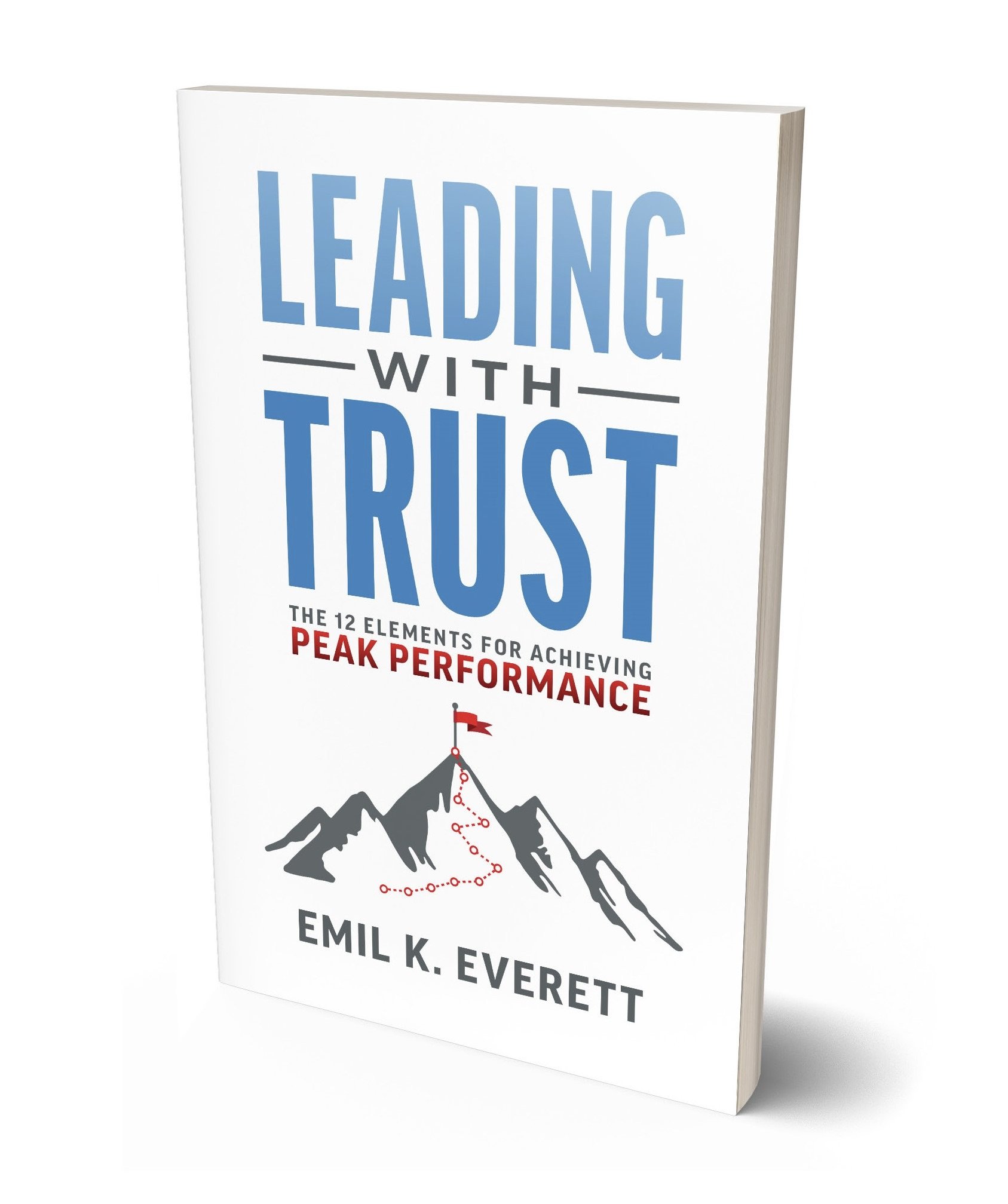21 Ways to Make Your Meetings More Efficient, Effective, and Engaging
Meetings have become indispensable for collaboration, communication, and decision-making. The effectiveness of a meeting hinges on both the discussions held during the session and the careful preparation that precedes it. Intentional preparation ensures a successful meeting and contributes to efficient time utilization, objective achievement, and participant engagement. Here are the essential steps in preparing for a meeting that drives results and fosters meaningful collaboration.
Define Clear Objectives: Start by clearly defining the meeting's primary goal, specific outcomes, and benefits to the meeting participants for attending. This initial clarity sets the tone and ensures alignment among participants. Objectives could encompass decision-making, problem-solving, project updates, or brainstorming. Well-defined objectives lead to focused and productive discussions.
Necessity Assessment: Evaluate the necessity of a meeting. Opt for efficient alternatives like emails or videos if objectives can be met without a meeting, saving time and resources.
Craft an Effective Agenda: Craft an agenda that serves as the roadmap for the meeting. Outline discussion topics and allocate time for each. Limit to no more than three or four agenda items. A well-structured agenda keeps discussions on track.
Agenda Feedback: Gather input from stakeholders for agenda refinement and ensure appropriate stakeholders are present.
Gather and Organize Information: Collect all pertinent information and materials related to agenda topics in advance. This includes reports, data, project updates, and relevant documents. Organize these materials logically for smoother discussions.
Allocate Roles and Responsibilities: Assign specific roles to participants. Designate a facilitator to guide discussions, a timekeeper to manage the schedule, and a note-taker to record key points and action items. Distributing responsibilities maintains focus, productivity, and adherence to time constraints.
Encourage Pre-Meeting Preparation: Motivate participants to engage in pre-meeting preparation. This involves reviewing the agenda, studying relevant materials, and formulating questions. Add three to four questions to the agenda to get participants thinking about the topics to be discussed. Preparing participants leads to more in-depth discussions and thoughtful contributions, optimizing time utilization.
Set Ground Rules: Establish ground rules that align with the team and organizational values for a respectful and productive meeting environment. Display them prominently to all participants.
Optimize Meeting Space: Whether in-person or virtual, consider the physical and visual aspects of the meeting space. Ensure it's suitable for discussions, well-lit, and equipped with the necessary technology. In virtual meetings, test audio and video equipment beforehand to prevent disruptions.
Mindsets: Pick three traits or attributes (mindsets) you will need to behold to make the meeting successful. For example, in a sales meeting, you might consider being curious, enthusiastic, and thought-provoking.
Participant Profiles: Understand participants' roles, personalities, biases, and cultural norms for effective engagement.
Meeting Cost Calculation: Utilize a cost calculator to understand the financial implications of meetings. This awareness emphasizes the value of each meeting, promoting planning and resource allocation.
Clear Takeaways for Participants: Plan specific actions/tasks relevant to participants' roles. Communicate the rewards and penalties of completion and not completing assignments, respectively.
Participant Engagement: Develop a series of questions to entice conversation.
Transparency: Allow alternative ways for others in an organization to contribute thoughts, ideas, and questions to a meeting topic when they are not invited.
Embrace Technology: Leverage technology for Q&A sessions, polling, feedback collection, recording, and other apps to enhance engagement. Ensure participants are comfortable with the chosen technology.
Grand opening and grand finale: Craft opening and closing remarks for an engaging and cohesive experience.
Pre-Meeting Engagement: Plan time for pre-meeting interactions and seating arrangements for attendees to introduce themselves to each other to build trust and foster collaboration.
Pre-Meeting Walk-Through: Plan practice runs for more formal meetings. Run various scenarios to be prepared for unexpected developments while being agile to remain focused on meeting objectives.
Plan Post-Meeting Evaluation: Evaluate meeting effectiveness post-session and incorporate feedback to enhance meeting protocols.
Additional Meetings: Plan additional meetings for extensive topics or other unrelated items to remain on topic.
Successful meetings are not mere coincidences. They are the direct result of meticulous planning and execution. By adhering to these guidelines, you'll unlock the potential of your meetings, allow you to focus on the topics of a meeting, and transform them into efficient, effective, and engaging meetings.

